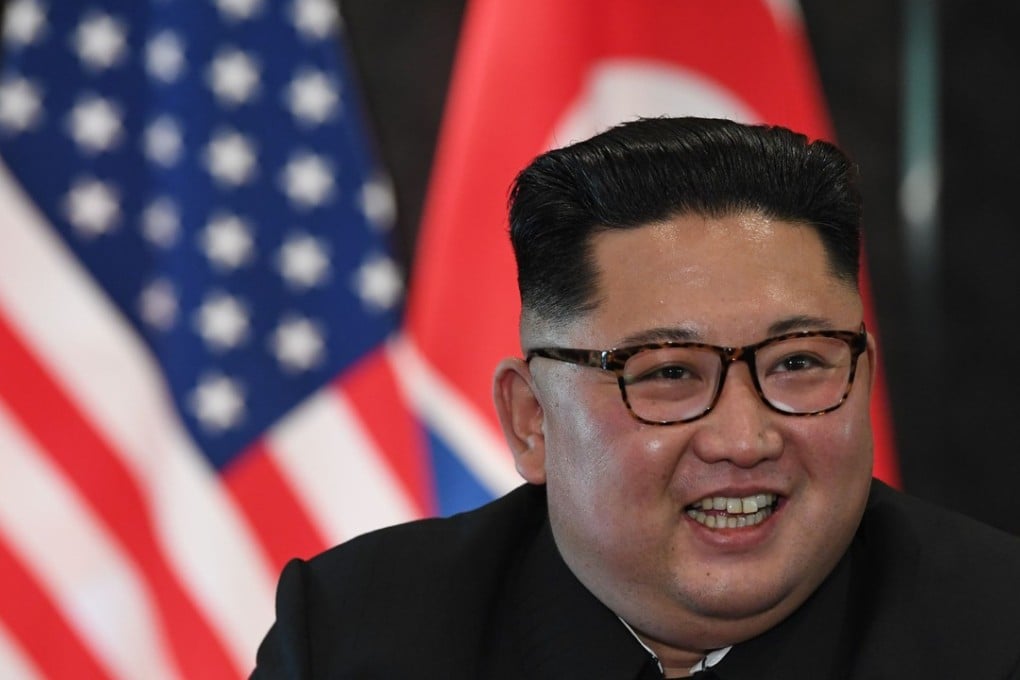North Korea’s Kim Jong-un rewrites the book on the art of the deal with shrewd handling of Donald Trump in Singapore
Kim shows poise and diplomatic flourish to walk away with a win on one of the biggest points of contention

For a 34-year-old who made his first state visit in just the last few months, North Korean leader Kim Jong-un seemed to hold his own in Tuesday’s high-profile summit setting with US President Donald Trump.
Kim had already surprised many observers with shrewd strategic manoeuvring before the talks and the Singapore summit only burnished that reputation.
In the face of Trump’s well-honed, reality-TV style and reputation as an unpredictable diplomatic opponent, the North Korean leader avoided the inclusion of CVID – or complete, verifiable, irreversible denuclearisation – in the summit’s joint statement – all without appearing confrontational.
Instead, he and the US president signed a relatively vague statement agreeing to “work towards complete denuclearisation”.
“It must have been at Kim’s insistence to not [include] CVID,” a senior South Korean official said, saying any reference to the term would have subjected Pyongyang to much tighter scrutiny.